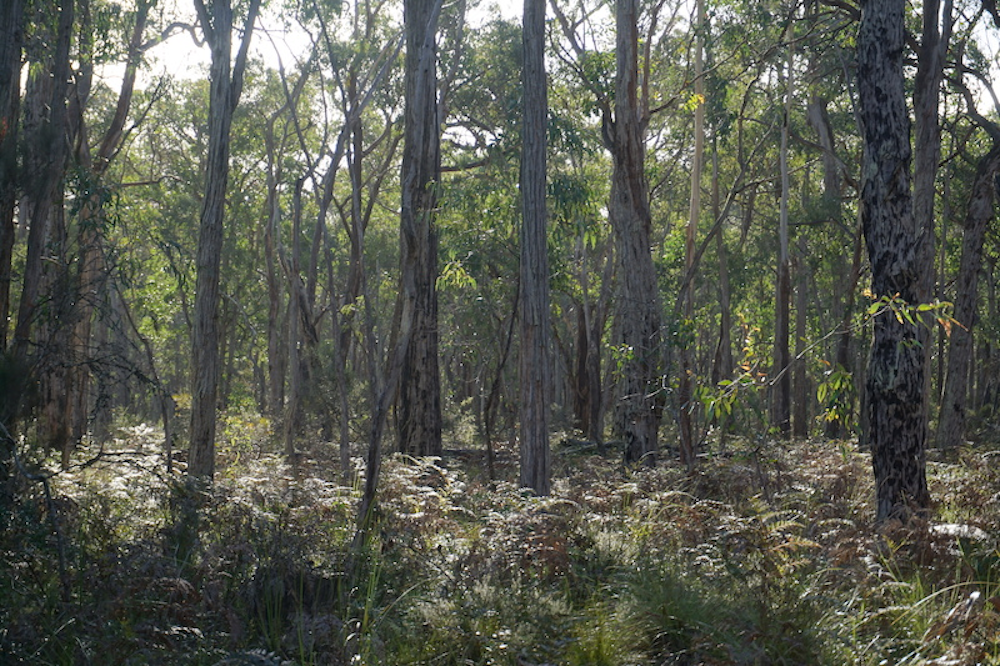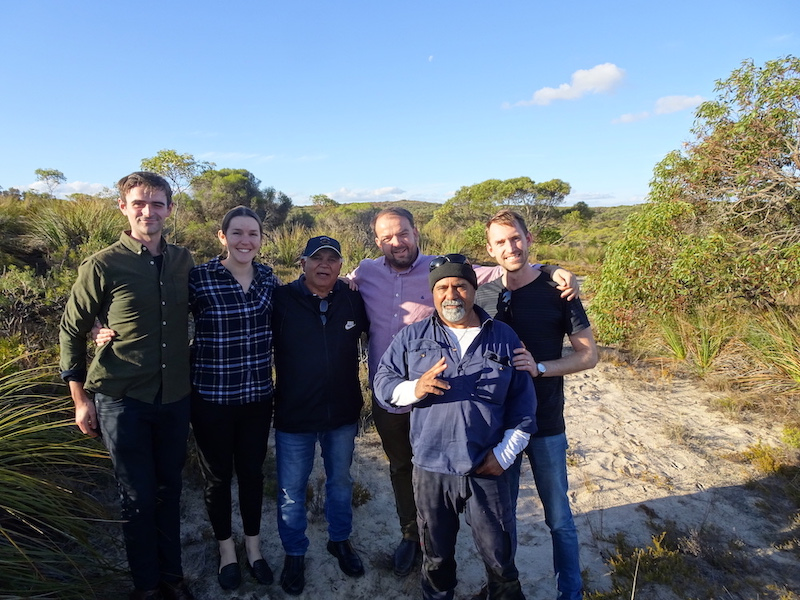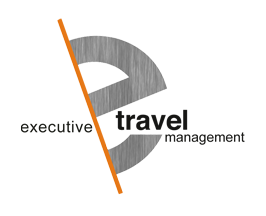
Australians are famous for our vernacular, and we are proud of our Australianisms – “Does it pass the pub test?”, “Tall Poppy Syndrome” – while in sport, we are always supporting “the underdog”.
Australians can also be proud of our local and state government entities, as well as businesses small and large who are rising to the challenge and gaining carbon neutral certification under the Australian Government’s National Carbon Offset Standard (NCOS).
Since the inception of NCOS, over 50 organisations, 25 products and 6 buildings have been certified carbon neutral – meeting what I believe is among the highest standards for carbon neutral certification in the world. In doing so, millions of tonnes of CO2 have been avoided, and millions more compensated for through
high-quality emission reduction projects.
With increasing ambition visible across corporate sphere and throughout all levels of government, we’re seeing positive signs for a low-carbon future.
Why go carbon neutral?
This is my favourite question in the industry. My second favourite is, “What are carbon offsets?” (learn the answer to that one
here!).
So, what is the return on investment for going carbon neutral? Presumably it costs money and takes staff time and resources – so why do it at all?
Going Carbon Neutral entails four main steps:
- Measure your greenhouse gas (GHG) footprint (known as a ‘GHG account’)
- Identify ways to reduce your GHG account
- Purchase carbon offsets to compensate for the emissions that cannot be reduced or avoided at this point in time
- Tell the world! Promote this achievement to your staff, customers and shareholders
-
…and each of these four steps adds value to your business. Let me tell you how.
Steps 1 & 2 – Measure & reduce your carbon footprint
When you measure your GHG account, you also identify potential inefficiencies in your business and GHG emission ‘leakages’ – areas where you could be wasting expensive resources, like energy, refrigerants – or money itself, by flying too many executives in business class, for example… but in all seriousness, what is not measured cannot be managed!
Currently, there is no price on carbon in Australia (i.e. emitting CO2 and other GHGs is not taxed), which means that we do not have to make outright payments for the carbon pollution we emit. However, producing CO2 still costs money: every time you fly, power up your factory or cool and heat your building, you are paying for the carbon you are emitting – through your electricity bill, for example.
Identifying areas where you are wasting emissions and areas where you can reduce emissions is not only good for the planet. Over time, it will also reduce costs for your organisation – win:win!
Step 3 – Compensate for unavoidable emissions
When purchasing carbon credits from emission reduction projects to compensate for your organisation’s unavoidable emissions, you are also promoting sustainable development and the creation of a better future for our children and generations to come.
Carbon credits – equal to 1 tonne equivalent of carbon dioxide, or 1 tCO2e each – not only carry the environmental attribute of reduced emissions. Their sales help finance social and environmental restoration programs at the project site or in its host country.
South Pole’s projects are certified by robust, NCOS-eligible voluntary standards, such as the Gold Standard and Verra’s Verified Carbon Standard (VCS), which guarantee their environmental integrity and contributions to the UN Sustainable Development Goals (SDGs). We also have the world’s biggest portfolio to choose from – so you can support an emission reduction project that aligns with your business values.
Our Kariba Forest Protection project, for example, has avoided the emission of over 18 million tonnes of CO2 by preventing deforestation and land degradation in an area of nearly 785,000 hectares on the southern shores of Zimbabwe’s Lake Kariba. On top of this, the community-run project supports sustainable development and the independence and wellbeing of local communities, with additional accreditation by Verra’s Climate, Community and Biodiversity Standard (CCBS).
Step 4 – Tell the world!
Attained carbon neutrality against NCOS? It’s time to talk about it! Communicating your achievement has a range of benefits, both for your organisation and more broadly.
Growing numbers of consumers are now voting with their pockets and making purchase decisions with the planet in mind. Carbon neutrality sends a
strong message that will bolster your reputation and credibility in this regard. And where the emission reduction projects you support have co-benefits aligned with your business values, then communicating about this conveys the transparency and authenticity of your organisation – as well as highlighting these business values themselves.
Adding to this, carbon neutrality is also a way to show
climate leadership in your industry and encourage peers to follow suit – magnifying the impact of your actions even further.
You can go Carbon Neutral with EcoAustralia credits – carbon compensation with added support for Australian conservation efforts
The verdict? Going Carbon Neutral is easier (and smarter) than you think
Around the world, employees and consumers are choosing companies are products that are better for the planet –even investors are preferencing sustainably-managed organisations.
There really is no downside to getting NCOS-certified carbon neutral; that’s why so many organisations are doing it – including South Pole. We took our Australian business operations carbon neutral against the NCOS
this year.
Our world is at a tipping point: it’s never been more crucial for us to reassess our impacts on the environment, as individuals and organisations. On the corporate side, carbon neutrality is an easy place to start – and when the case for business (and the planet!) is so good, what are you waiting for?
Going carbon neutral against the Australian Government’s National Carbon Offset Standard is easier and a better return on investment than you think. Get in touch with our team today to find out how.
Written by our preferred partner South Pole – Jay van Rijn

